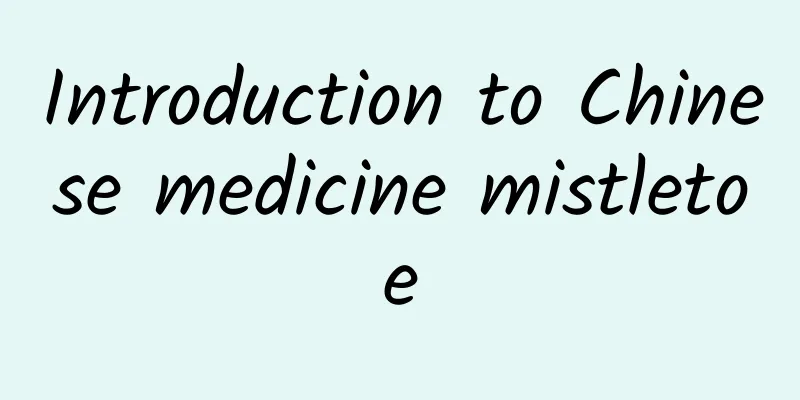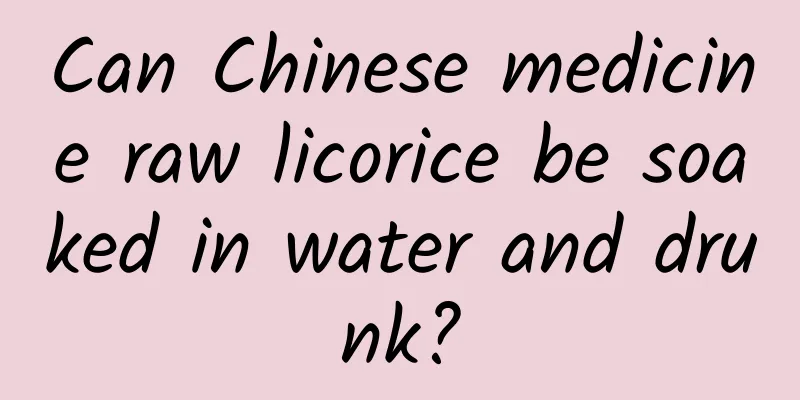Pharmacological effects of white peony root to nourish blood

|
White peony root is a famous traditional commonly used Chinese medicinal material with a long history of application. Peony root was first recorded in the "Shennong Bencao Jing" of the Eastern Han Dynasty and was listed as a medium-grade product. It was recorded that it "treats abdominal pain caused by evil spirits, eliminates blood stasis, breaks up hard masses, relieves cold and heat hernia, relieves pain, promotes urination, and invigorates Qi." White peony root has a long history in my country. Its roots can be used as medicine, and its flowers can be dried and drunk as a scented tea. White peony root is a frequently used Chinese medicine and an indispensable ingredient in many Chinese medicine prescriptions. It is in great demand in my country's Chinese medicine market. It tastes slightly sour and is a cooling Chinese medicine. It can replenish qi and blood, nourish and regulate blood and qi, dredge the liver and calm the liver's virtual fire, relieve pain and inflammation, and has a good therapeutic effect on the human body's yin, especially on women. White peony root is widely used to treat irregular menstruation, increased blood volume during menstruation, and hemorrhage in women. In addition, its blood-activating and analgesic effects can be used to treat pain in various organs of the body, blood obstruction and other phenomena. White peony root is cool in nature, bitter and sour in taste, and slightly cold. It has the effects of nourishing blood, calming liver yang, softening the liver and relieving pain. It has the effects of astringing yin and stopping sweating, and is suitable for symptoms such as yin deficiency fever, irregular menstruation, pain in the chest, abdomen and ribs, cramps in the limbs, diarrhea and abdominal pain, spontaneous sweating, night sweats, metrorrhagia, and leukorrhea. Paeoniflorin has antibacterial, antipyretic, anti-inflammatory, increases coronary artery flow, improves myocardial nutrition blood flow, dilates blood vessels, fights against acute myocardial ischemia, inhibits platelet aggregation, has sedative, analgesic, antispasmodic, anti-ulcer and blood sugar regulating effects. White peony root decoction can inhibit Shigella dysenteriae, Streptococcus pneumoniae, Escherichia coli, Salmonella typhi, hemolytic Streptococcus, Pseudomonas aeruginosa, etc. Pharmacological effects of white peony root 1. Effects on the cardiovascular system Dilate coronary arteries and lower blood pressure (d-catechin and ethyl gallate have anti-thrombotic and anti-platelet aggregation effects). 2. Liver protection It has a significant protective effect on liver damage caused by carbon tetrachloride, aflatoxin B1, and D-galactosamine. 3. Antispasmodic effect It has an inhibitory effect on the motility of the intestine and stomach in situ, and significantly counteracts the uterine contraction caused by oxytocin. 4. Analgesic effect It can inhibit the writhing, screaming, and hot plate reaction of mice, has a synergistic effect with morphine in inhibiting the writhing reaction, and can counteract the convulsions caused by pentylenetetrazol. White Peony Root Beauty and Skin Care Effects The efficacy and function of white peony root is a relatively widespread TCM beauty method. Perhaps the most widely used is the Sanbai Decoction recorded in the Ming Dynasty (16th century) medical work "Introduction to Medicine": "5 grams each of white peony root, Atractylodes macrocephala, and white Poria cocos, 2.5 grams of licorice, decocted in water and taken warm." This prescription was originally used to treat typhoid fever and restlessness, but later it was found to be able to replenish qi and blood, whiten and moisturize the skin, and thus became popular among the people. This prescription is well-matched and suitable for rough skin, chlorosis, chloasma, pigmentation, etc. caused by deficiency of qi and blood. Traditional Chinese medicine believes that the smoothness of a person's skin is closely related to the function of the internal organs. If the internal organs are diseased and the Qi and blood are not harmonious, the skin will be rough and spots will appear on the face. Therefore, this prescription starts from harmonizing qi and regulating the functions of the five internal organs, thereby whitening and removing spots. White peony root, white atractylodes and white poria are traditional medicines for moisturizing the skin and whitening the skin. Together with licorice, they can also delay aging. In traditional Chinese medicine theory, white peony root is sweet and sour in taste, slightly cold in nature, and has the effect of nourishing blood. It can treat sallow complexion, facial pigmentation, and dullness. White Poria cocos tastes sweet and light, is neutral in nature, and can remove spots and whiten the skin. Licorice is mild in nature, sweet in taste, and has the effect of moisturizing the skin and deodorizing. It is used to treat bad breath and chapped skin caused by weak spleen and stomach. White peony root can not only be used as a traditional Chinese medicine, but white peony flower tea also has excellent health benefits. In addition, drinking white peony root with rice wine can reduce the coldness of white peony root and promote blood circulation and nourish blood. Vinegar and white peony root have the effects of protecting the liver, relieving pain and reducing inflammation. Patients with weak and cold constitution should not use white peony root. |
<<: Does ramie root have side effects?
>>: Can money grass inhibit blood clots?
Recommend
The efficacy and function of Torreya grandis root
Chinese medicinal materials are very common, and ...
Taboos on eating angelica
Angelica is a traditional Chinese medicine that m...
Travel Tips for May Day! A quick overview of the latest epidemic prevention policies in various places
The May Day holiday is coming soon, and many peop...
4,000 meters deep in the sea! my country's first inter-oceanic ridge deep-sea electromagnetic joint exploration geological experiment was successful!
On September 5, the South China Sea Institute of ...
In just a few days, 2 dead, 8 injured, 9 trapped! Safety first during travel season!
On July 22, a tourist was playing the "Start...
Is it okay to take Chinese medicine half an hour after a meal?
Traditional Chinese Medicine is my country's ...
What are the rules for eating mooncakes during the Mid-Autumn Festival? Who should eat less mooncakes?
The Mid-Autumn Festival is coming, and mooncakes ...
The efficacy and function of sesame leaves
For many Chinese people, traditional Chinese medi...
Motherwort for infertility
When we watch TV, we often see TV commercials say...
Why is there a saying that "cold urine and hot farts"? A little physiological secret from the perspective of biomechanics
1. Introduction "Cold urine, hot farts, poor...
The efficacy and function of hawthorn wood
Hawthorn wood is a kind of Chinese medicinal mate...
How well can materials perform when they are “freed” from gravity and are evenly heated and solidified?
Produced by: Science Popularization China Author:...
Deer antler is divided into several grades
Most deer antlers can be divided into four grades...
If your breasts sweat during exercise, maybe you are wearing the wrong sports bra? The answer is not what you think...
Compiled by: Gong Zixin A few days ago A friend t...
Will a nap while lying on your stomach cause gastroptosis? The truth is...
Rumor: "Taking a nap lying on your stomach w...









